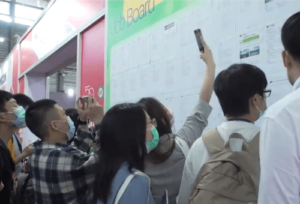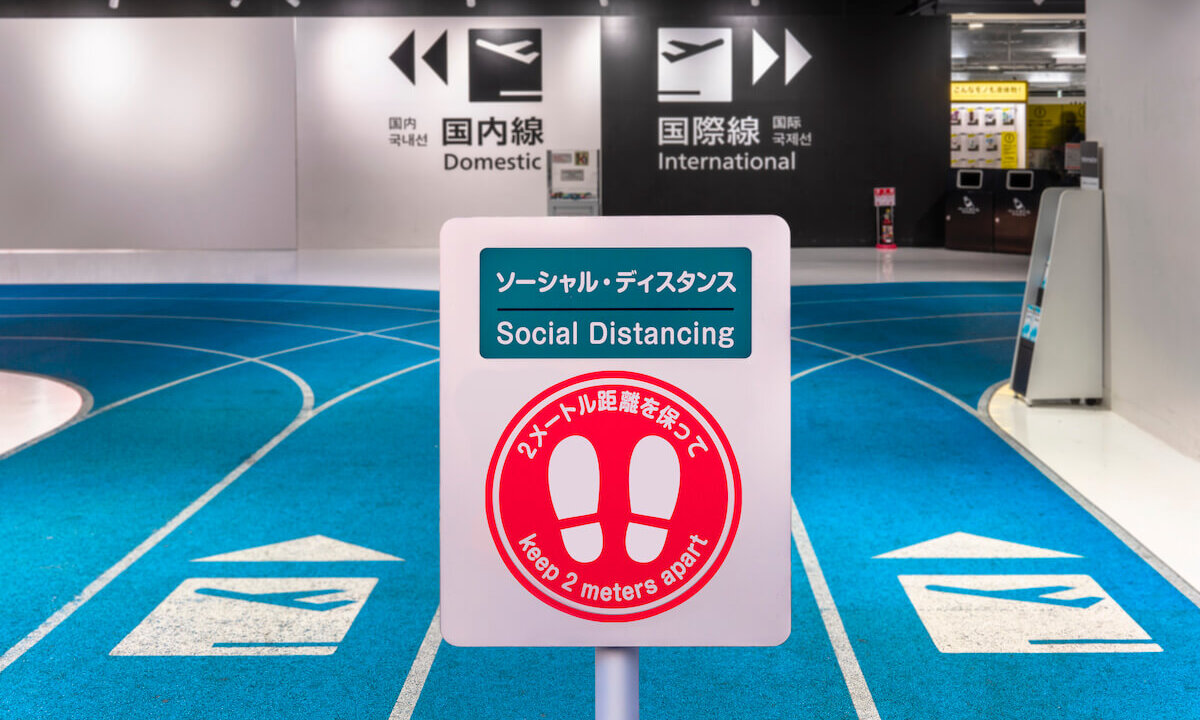The outbreak of the COVID-19 pandemic caught most countries and companies off guard and unprepared. Specifically, companies were caught short of personal protection equipment (PPE), along with essential tools, materials, and components to keep manufacturing lines running. Many companies had a business continuity plan (BCP) ready, but all were tested by unanticipated work-from-home (WFH) requirements and adjustments. And, definitions of essential businesses, which could remain open, often varied from region to region and country to country.
A large part of the value SEMI delivers to members comes through connecting people within the microelectronics manufacturing industry — through exhibitions, in-person conferences, global advocacy, standards-setting, and workforce development. How could our business model adapt to virtual connectivity and provide the same level of services and information expected by SEMI members?
Launch of the SEMI COVID-19 Communications Team
Ajit Manocha, SEMI’s president and CEO, has extensive C-level experience at GlobalFoundries, Spansion, and Philips Semiconductors. He quickly realized the likely and devastating impact of the COVID-19 pandemic on the global microelectronics manufacturing and design supply chain, and he resolved that SEMI should be an invaluable resource for its members.
Ajit took a page from his manufacturing operations playbook, which directed the leadership team to start each workday with a “morning prayers” meeting where they would review operations and consider how to improve efficiency. He began holding regular early morning meetings with senior SEMI executives to study the latest developments in the crisis, consider members’ needs and close on action items from the previous day.
Based on these meetings, SEMI tasked its technology communities’ group and corporate marketing to establish a COVID-19 communications team with the mandate to support member business operations in real-time during this unprecedented health and economic disruption. Specifically, the team was to gather coronavirus information, organize it for business purposes, and share it with members.
Various SEMI communities, including Environmental Health & Safety (EHS), Information Technology Leadership (ITL), Fab Owners Alliance (FOA), and Electronic Materials Group (EMG), worked with the COVID-19 communications team to respond to this call for action by gathering and sharing best practices and creating a coronavirus resources webpage as a central hub. The SEMI Global Advocacy team and regional operations teams followed suit in exploring pandemic developments, addressing member needs, and contributing content to the COVID-19 communications team.
Supporting Members’ Business Operations during the COVID 19 Pandemic
The SEMI COVID-19 communications team met frequently between March and November 2020, coinciding with the global reaction to the crisis and up and through wide-scale trials of potential vaccines. These were often twice-weekly sessions encompassing North American, Asian, and European time zones. The output of the SEMI team was prodigious, including:
- Four global webinars, three of which featured pandemic and economic updates and analyses from McKinsey & Co. Subject matter experts, from prestigious organizations such as Wells Fargo Securities and Harvard University’s Kennedy School of Government, were also integral elements of the webinars
- Three member surveys to identify pain points, WFH, and return-to-work (RTW) policies and strategies, along with key lessons learned
- Dozens of industry meetings to address the supply of PPE, best-known safety practices, BCP, state and national regulations, communications infrastructure resiliency, and other business operations topics
- More than 75 blogs and news articles from China, France, Germany, Japan, South Korea, Taiwan, and U.S. featuring member insights, semiconductor industry forecasts, and other relevant information
These meetings and communications continue today and will support SEMI members’ needs until such time as the COVID-19 pandemic no longer impacts business operations.
The Value of SEMI’s Global Footprint
SEMI operates in seven regions of the world: the Americas, China, Europe, Japan, Southeast Asia, South Korea, and Taiwan. This global footprint enabled rapid and insightful communications on the outbreak of the pandemic and steps being taken to ameliorate its effects.

Based on the best local information and in the interests of health and safety, SEMICON Korea, scheduled for February 2020, was canceled. SEMI postponed SEMICON China from March until June 2020, when it was held successfully as the first major electronics tradeshow and conference in Shanghai, signaling a return to some normalcy. Quickly pivoting to virtual platforms, SEMICON West and SEMICON Southeast Asia were exclusively online, as were key conferences.
In the summer and fall of 2020, SEMI made decisions regarding our remaining roster of exhibitions. SEMICON Taiwan would be our first hybrid event — in-person and virtual. SEMICON Europa was canceled due to travel restrictions throughout Europe. Also, SEMICON Japan would be virtual. Again, these decisions were made in cooperation with local authorities and in the best interests of the health and safety of our members and their customers.
The SEMI Global Advocacy team played a key role in assuring that the microelectronics industry was considered an “essential business” by governments around the world. Starting with letters to governors of more than half of the states in the U.S., this effort soon grew to direct communications from SEMI to the European Union and to government policymakers throughout Asia. It expanded to facilitating essential travel for our members who supply needed equipment, materials, and services.
As 2021 Unfolds…
While the world is hopeful about the end of the COVID-19 pandemic, realistically, we know that positive changes and a return to “normalcy” will be gradual. SEMI will continue to support members and the industry at large with resources, updates, and advocacy efforts around the world.
In terms of helping the industry to connect and collaborate at events, SEMI will carefully monitor guidelines in each of our regions for hosting onsite gatherings. We anticipate hosting more hybrid events with a domestic onsite exhibition and a global, virtual version of the technical program to accommodate the differences in situations and travel restrictions by region, along with the full spectrum of stakeholder preferences. Likewise, our various committees and technology communities will host virtual meetings but will seek opportunities to safely host in-person meetings.
The microelectronics industry is poised for continuous growth, thanks to strong fundamentals and technology growth drivers such as artificial intelligence and 5G. The pandemic has sped up aspects of digital transformation, such as remote monitoring of manufacturing equipment and telehealth. SEMI will develop and evolve our initiatives around Smart Manufacturing and Smart MedTech, and other programs and services, to help members uncover new business opportunities emerging from digital transformation. We encourage readers to follow SEMI online and look for ways to get involved.
This article appeared in the 2021 Yearbook. Find the issue here.





















